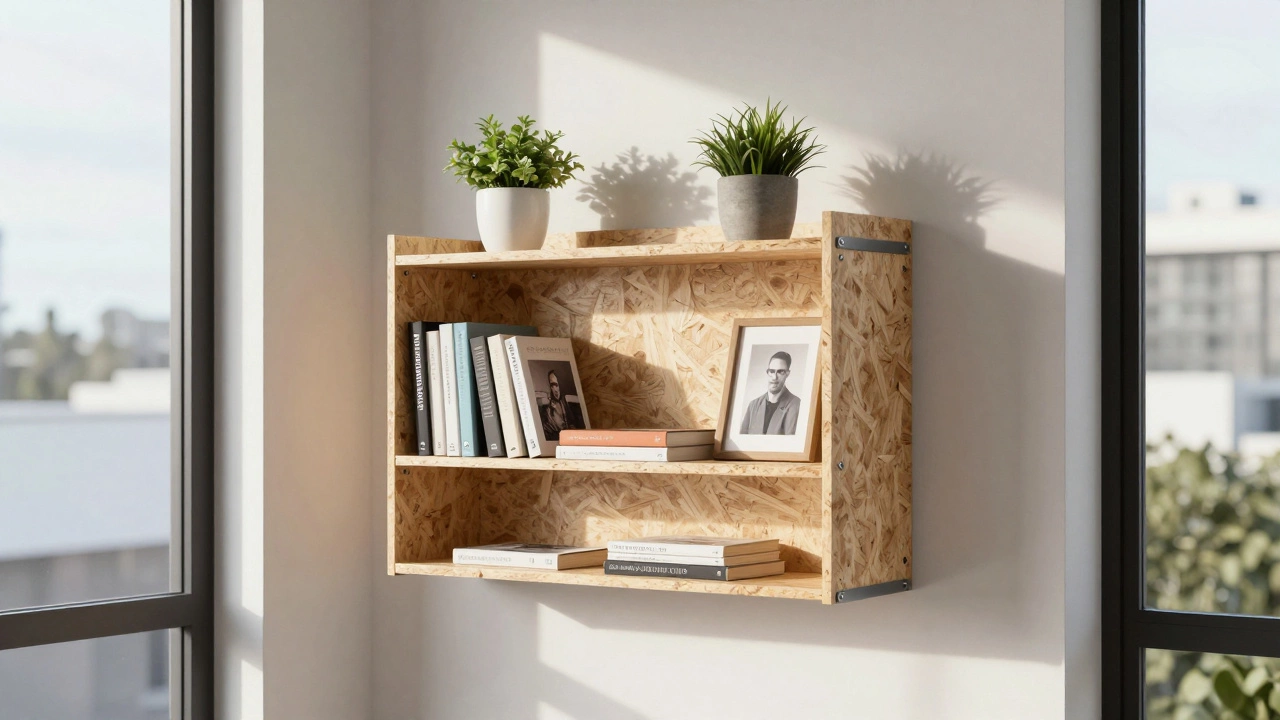
What Is the Difference Between a Bookshelf and a Bookcase?
Bookshelves are open, lightweight shelves for casual storage; bookcases are framed, sturdy furniture with backs and sides. Learn the real differences in structure, use, and value.
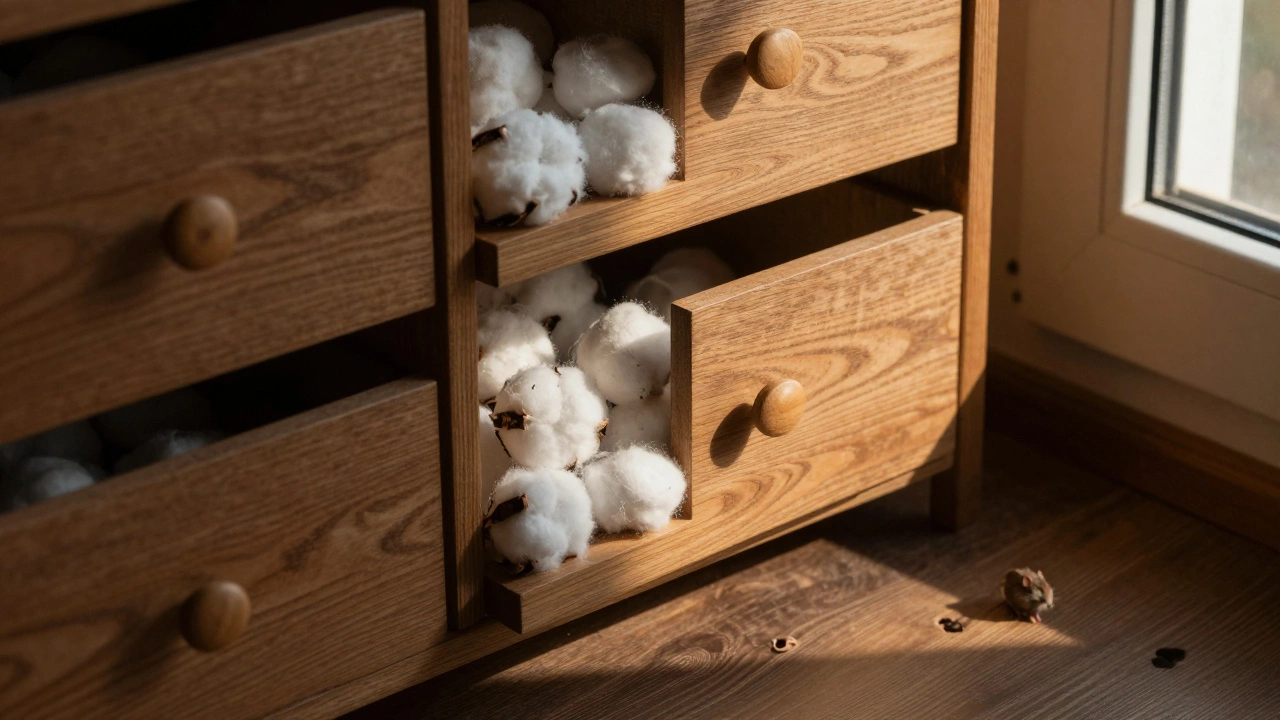
What Do Mice Hate the Most? 7 Proven Ways to Keep Them Away from Your Storage Furniture
Mice hate strong smells, open spaces, and hard surfaces. Learn the 7 proven ways to keep them away from your storage furniture using natural repellents, material choices, and smart placement.

Why Do People Put Sheets Over Couches? Practical Reasons Behind the Trend
People put sheets over couches to protect them from spills, pet hair, sun damage, and daily wear. It's a simple, affordable way to extend the life of your furniture without buying a new one.
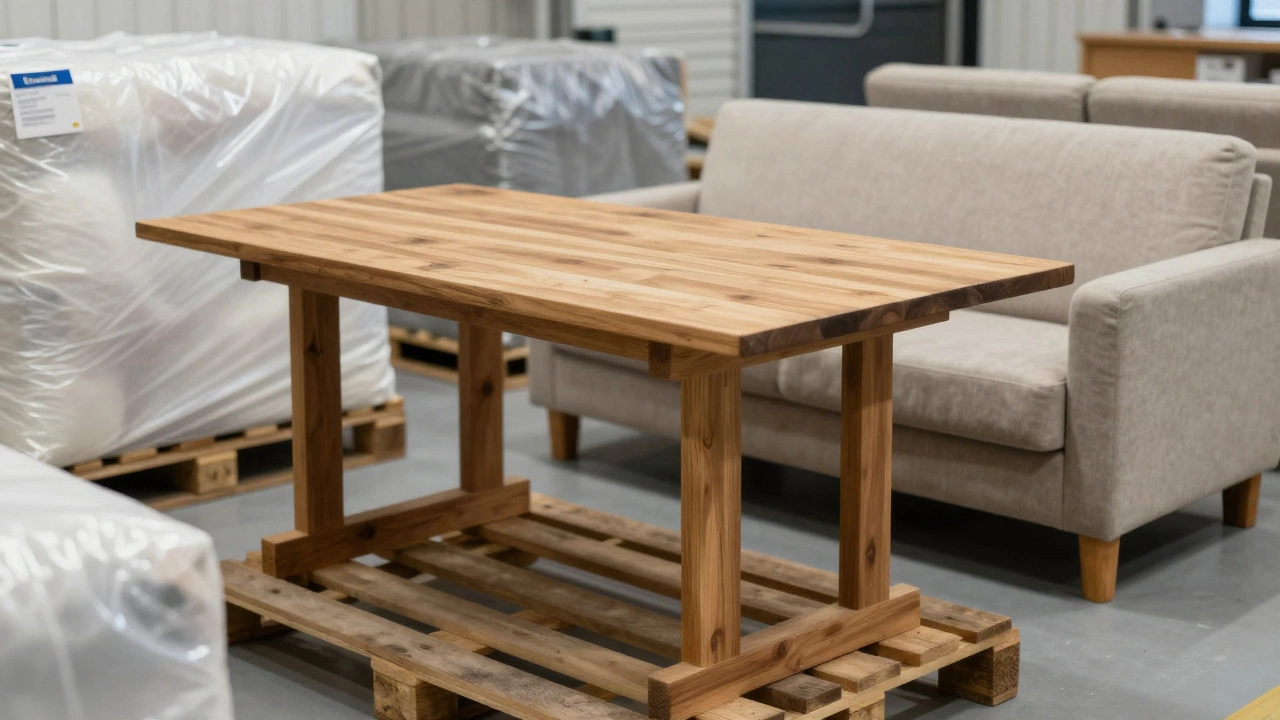
Can My Furniture Get Ruined in Storage? Here’s What Actually Happens
Furniture can get ruined in storage due to humidity, temperature swings, and poor prep. Learn how to protect wood, fabric, and leather from damage with simple steps that actually work.
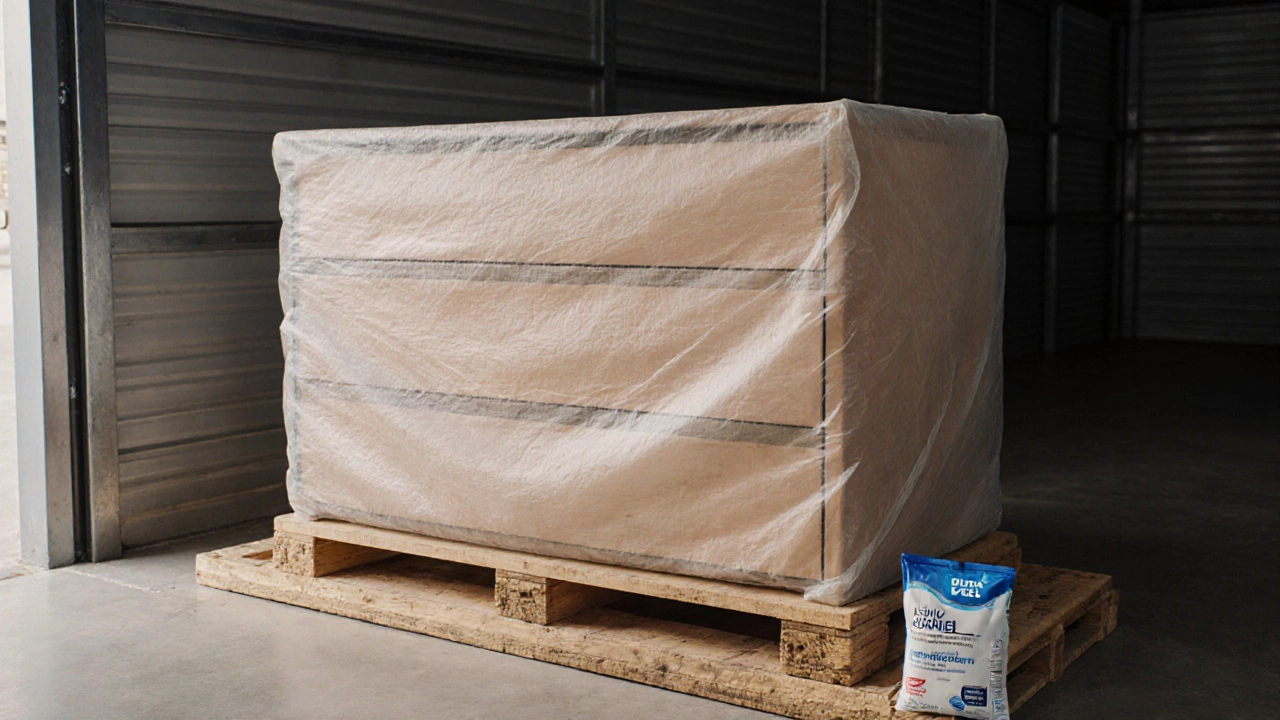
How to Cover Furniture for Storage: Step-by-Step Guide to Protect Your Pieces
Learn how to properly cover furniture for storage to prevent damage from dust, moisture, and pests. Step-by-step guide for wood, fabric, and metal pieces using breathable covers and smart storage practices.
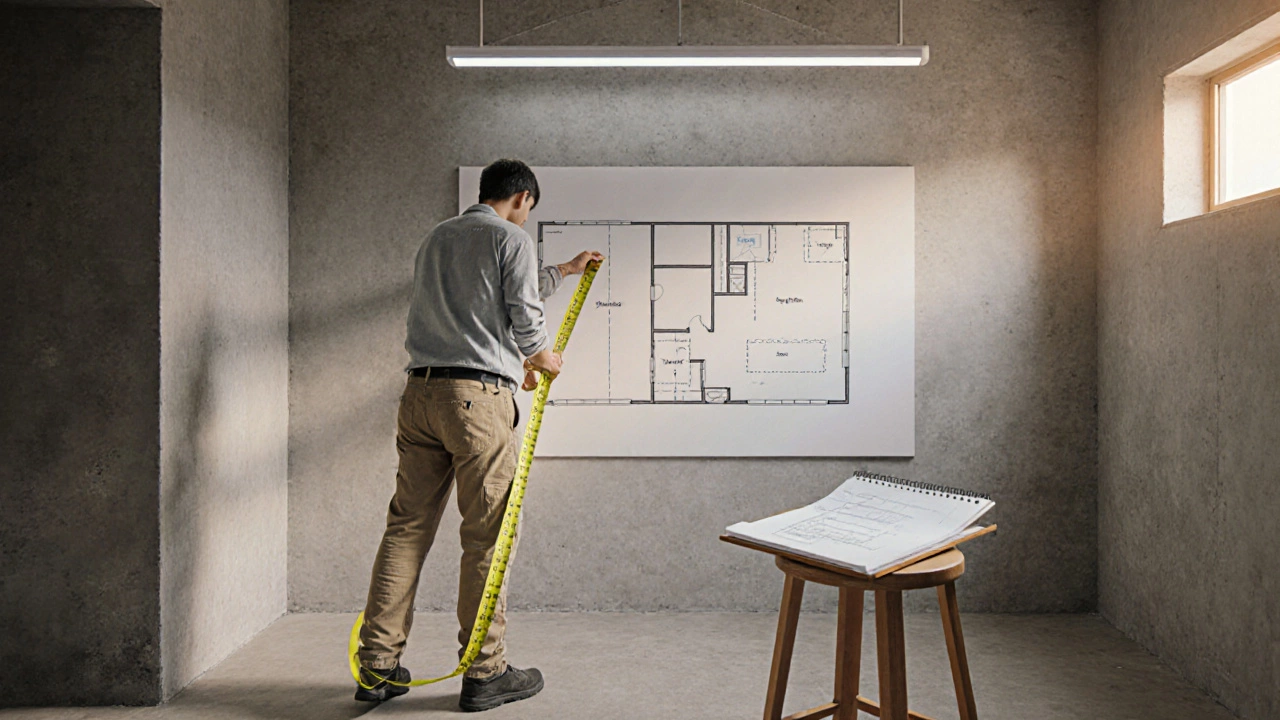
What a 5x10 Storage Room Looks Like - Design Tips & Layout Ideas
Learn how to design a functional 5x10 storage room with smart layout, shelving, lighting, and budget-friendly DIY tips for a tidy, efficient space.
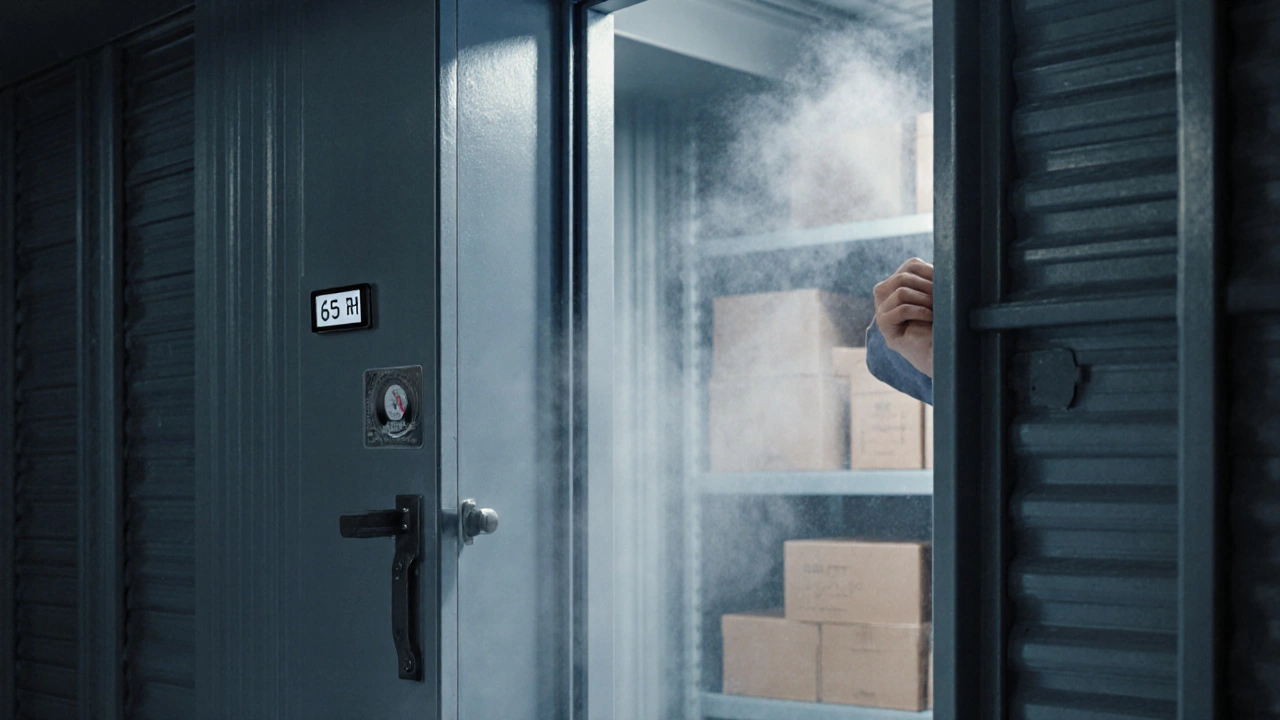
Top Moisture Absorbers for Keeping Your Storage Unit Dry
Discover the top moisture absorbers for storage units, how they work, and practical tips to keep your stored items dry and safe.
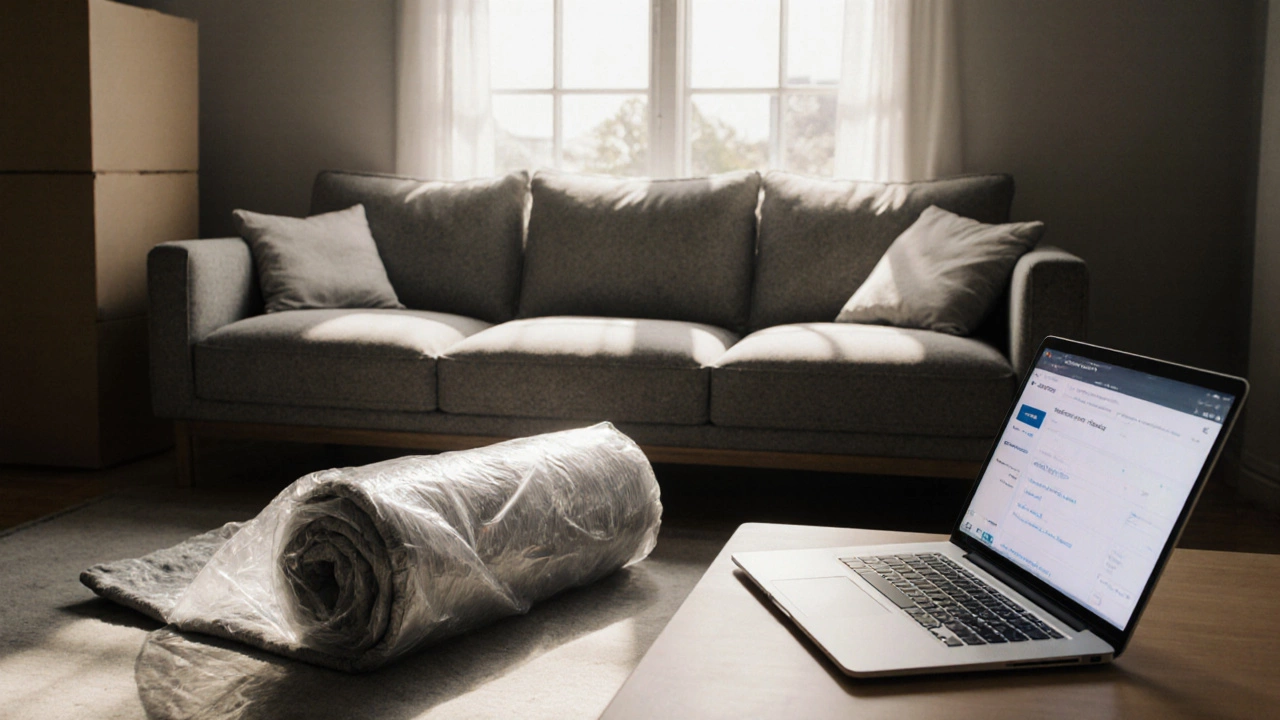
Should I Wrap My Couch in Plastic for Storage? Pros, Cons & Best Practices
Learn when plastic wrap helps or harms couch storage, compare protective options, and follow a step‑by‑step guide to keep your sofa safe for months.
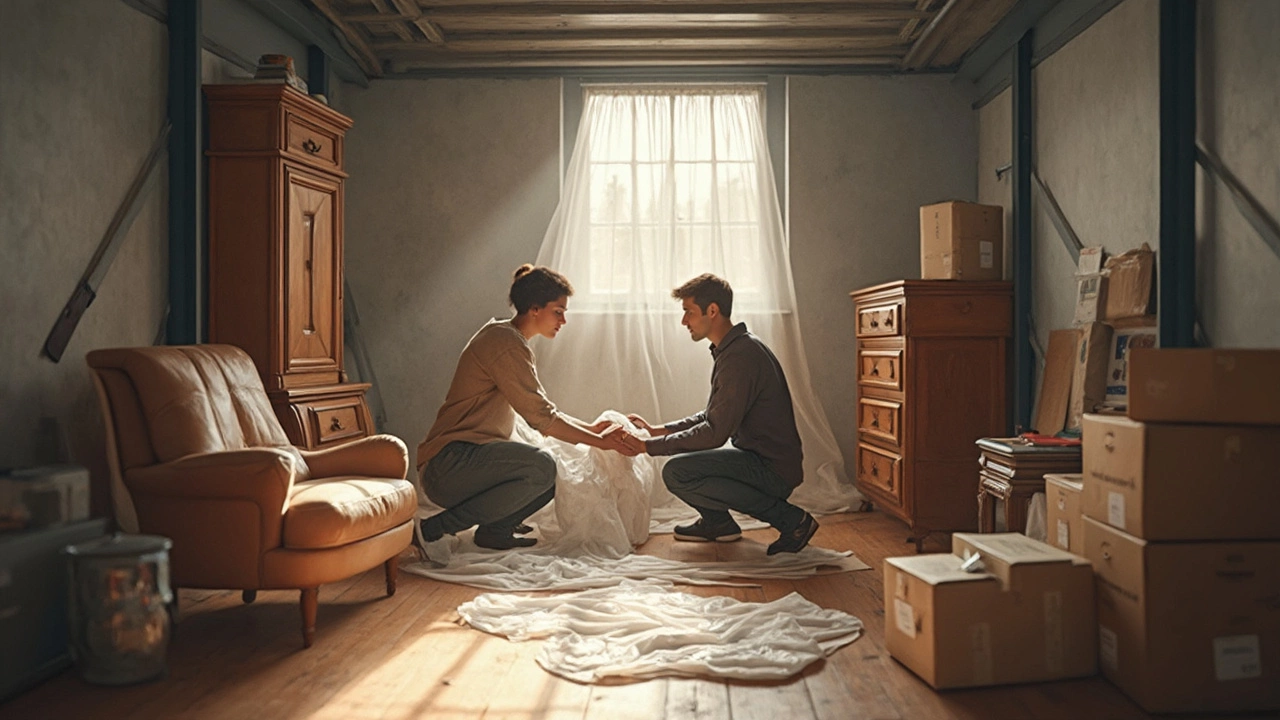
Best Tips for Storing Furniture in Non Climate Controlled Units
Learn practical tips and essential facts for storing furniture in non climate control storage spaces. Protect your belongings from humidity, dust, and pests.
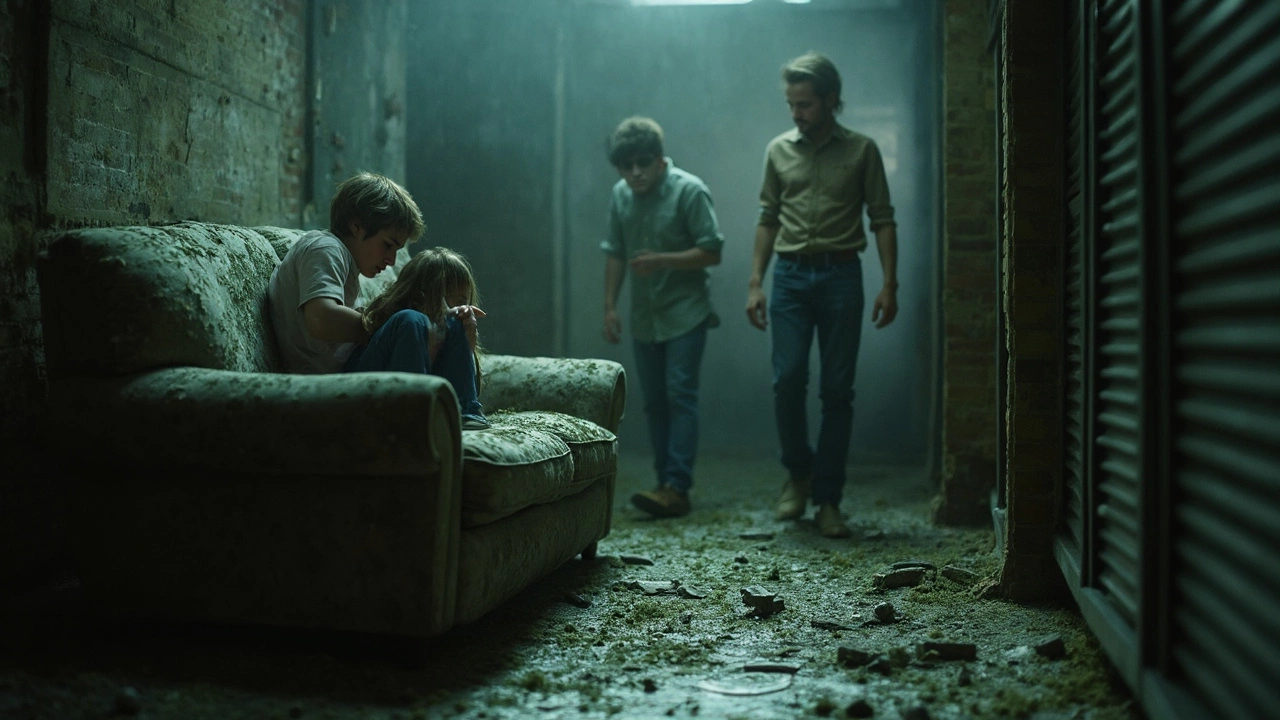
Do Couches Get Moldy in Storage? Here’s What Really Happens
Ever wonder if your couch can get moldy in storage? This article dives into why it happens, what triggers mold growth, and how to keep your favorite furniture safe. Learn what really happens when couches are stored away, get some surprising facts, and pick up practical steps to prevent mold before it starts. Worried about that musty smell? Get the details on handling trouble spots fast. Don’t risk it—find out how to protect your sofa investment.
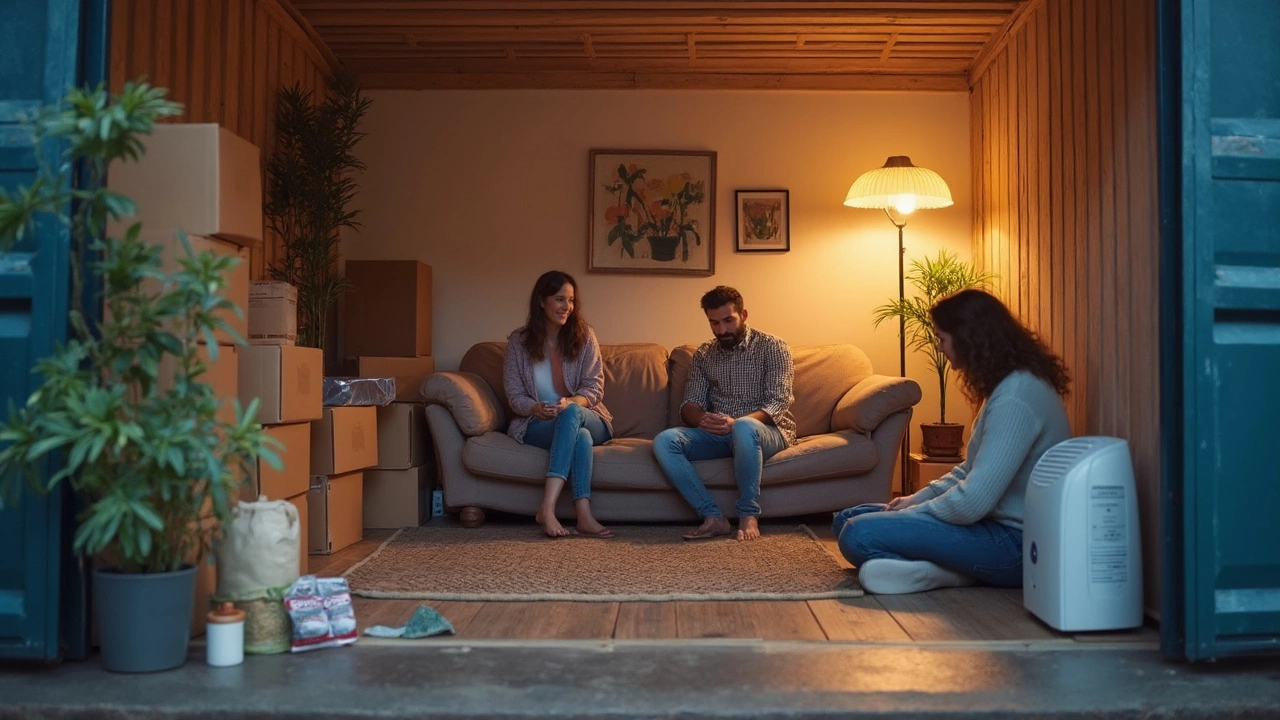
How to Protect Furniture from Mold in Storage
Worried about your furniture getting moldy while in storage? Mold is sneaky and can ruin good couches, tables, and mattresses before you know it. This guide explains why mold grows, how to recognize early warning signs, and what you can do right now to keep your stuff safe. It covers smart packing, choosing the right storage unit, and everyday items you can use to stop mold from showing up. No fluff—just real tips to protect your furniture until you need it again.
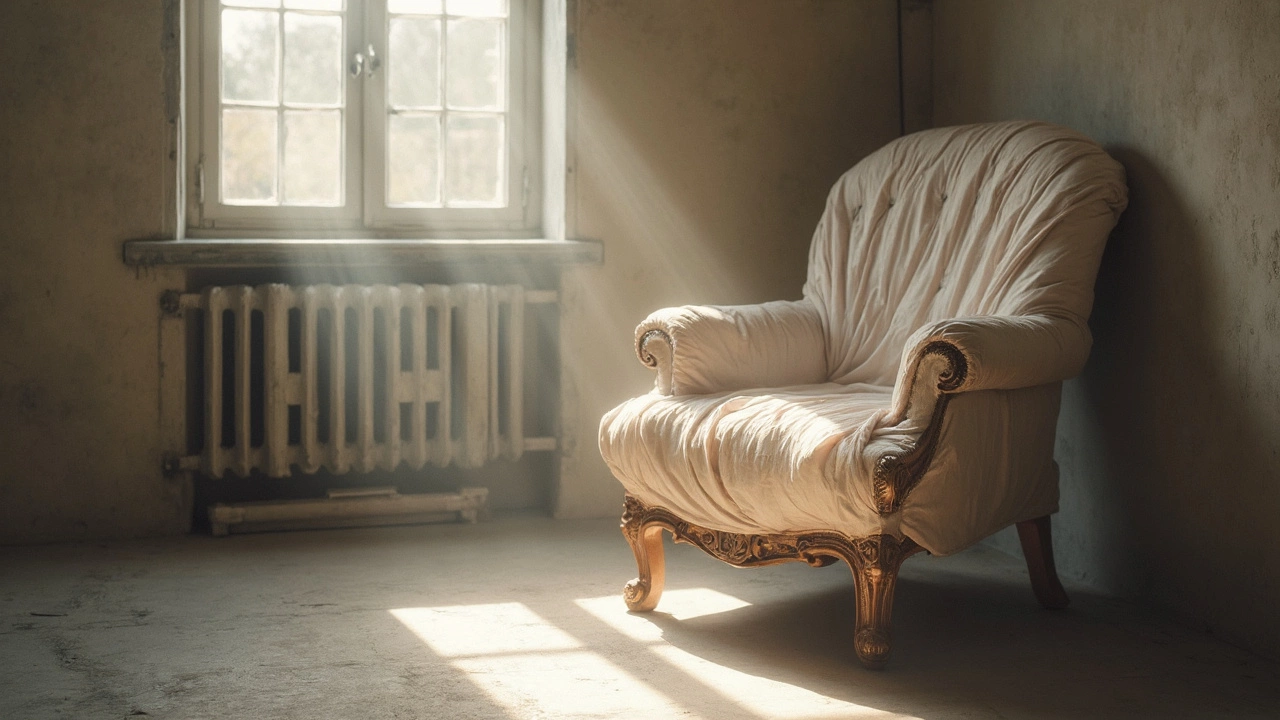
Will Furniture Go Mouldy in a Storage Container?
Storing furniture in a container can be a practical solution, but there's a risk of mould if conditions aren't right. Moisture is the main culprit, and managing it is key to keeping your furniture safe. Understanding ventilation, humidity levels, and storage preparation can prevent problems. By taking steps like using moisture absorbers and ensuring proper sealing, you can protect your belongings effectively.




